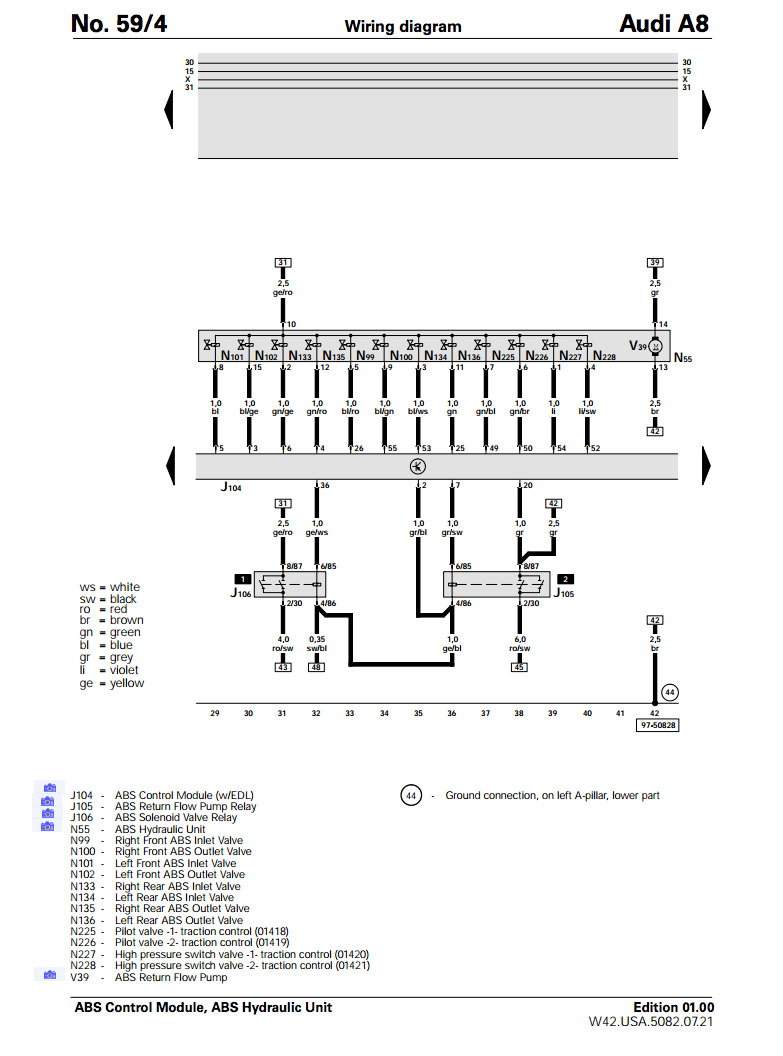

High-speed CAN systems typically transmit data at speeds that range between 125 KB/second, and 1MB/second. Briefly, these systems are the following. In practice though, most CAN bus systems are made up of at least three discrete sub-systems to allow for differential communications between different classes of control modules/systems, without any one system interfering with any other.

If the two values match, the receiving control modules recognise the data as valid, and each receiving control module then transmits an acknowledgment of the validity of the data to the transmitting control module.Īlthough the above description is necessarily brief, it should give you at least a basic understanding of how CAN bus systems work. In practice, each receiving control module calculates its own checksum based on the data payload, which is compared to the checksum of original data being transmitted. This part of the message is followed by a checksum, which receiving control modules use to verify the validity, or otherwise, of the data being transmitted.
#CAN SIGNAL FROM EZS IMPLAUSIBLE SERIES#
The next series of bits in a data message comprise the data payload, which is the actual data being exchanged between implicated control modules, such as for instance, the fact that one wheel is rotating at a lower rate than the other three wheels. One example of non-safety critical data would be for instance, instructions to the BCM (Body Control Module) to lock the doors above a certain road speed. This is an important point to bear in mind, since the arbitration scheme’s purpose is to prevent two or more control modules from transmitting data at the same time on the one hand, and to allow safety-critical data to be transmitted ahead of non-safety critical data, on the other. Conversely, the higher the value of the identifier, the lower the priority of the message becomes. However, to allow for critical messages to enjoy priority over other, less critical messages, data messages are constructed in a manner that subjects all the communications on a particular CAN bus to very strict arbitration rules.įor instance, the first bits after the start of a message are identifiers that identify the transmitting control module the lower the value of the identifier, the higher the priority of the message becomes. In practice, bits are the smallest pieces of data that can be transmitted, and therefore, each message is constructed of a series of encoded bits of data. In terms of operation, CAN systems transmit data in frames, with each frame consisting of a series of encoded bits of data, each of which represents either “1” or “0”. For instance, the CAN system that controls safety critical communications can transmit input data from the wheel speed sensors via the ABS control unit simultaneously to the ECM (Engine Control Module), TCM (Transmission Control Module), IC (Instrument Cluster), and all components of the (SRS) Supplementary Restraint System) in what amounts to real-time.
#CAN SIGNAL FROM EZS IMPLAUSIBLE SERIAL#
Limited space precludes a comprehensive discussion on the various topographies of CAN bus systems, but suffice to say that all CAN bus systems do the same thing, which is to provide serial communications between all the control modules on a vehicle. Thus, in this article, we will take a closer look at CAN bus systems in terms of how they work and what they do, and also share some basic trouble shooting and diagnostic tips, starting with- Understanding CAN bus systems 101 While the complexity of CAN bus systems must not be underestimated, these systems and their issues need not be the exclusive preserve of auto electricians. Do you have a diagnostic comfort zone? Do you feel more comfortable diagnosing only certain types of faults or issues, and tend to shy away from attempting to diagnose faults in areas that fall outside of what you know best? There are no penalties for answering “yes” to both questions (many of us do), but here is another question how willing are you to step out of your comfort zone to learn new skills, such as for instance, learning to use a digital storage oscilloscope to diagnose CAN bus faults, which, admittedly, is not everyone’s cup of tea?


 0 kommentar(er)
0 kommentar(er)
